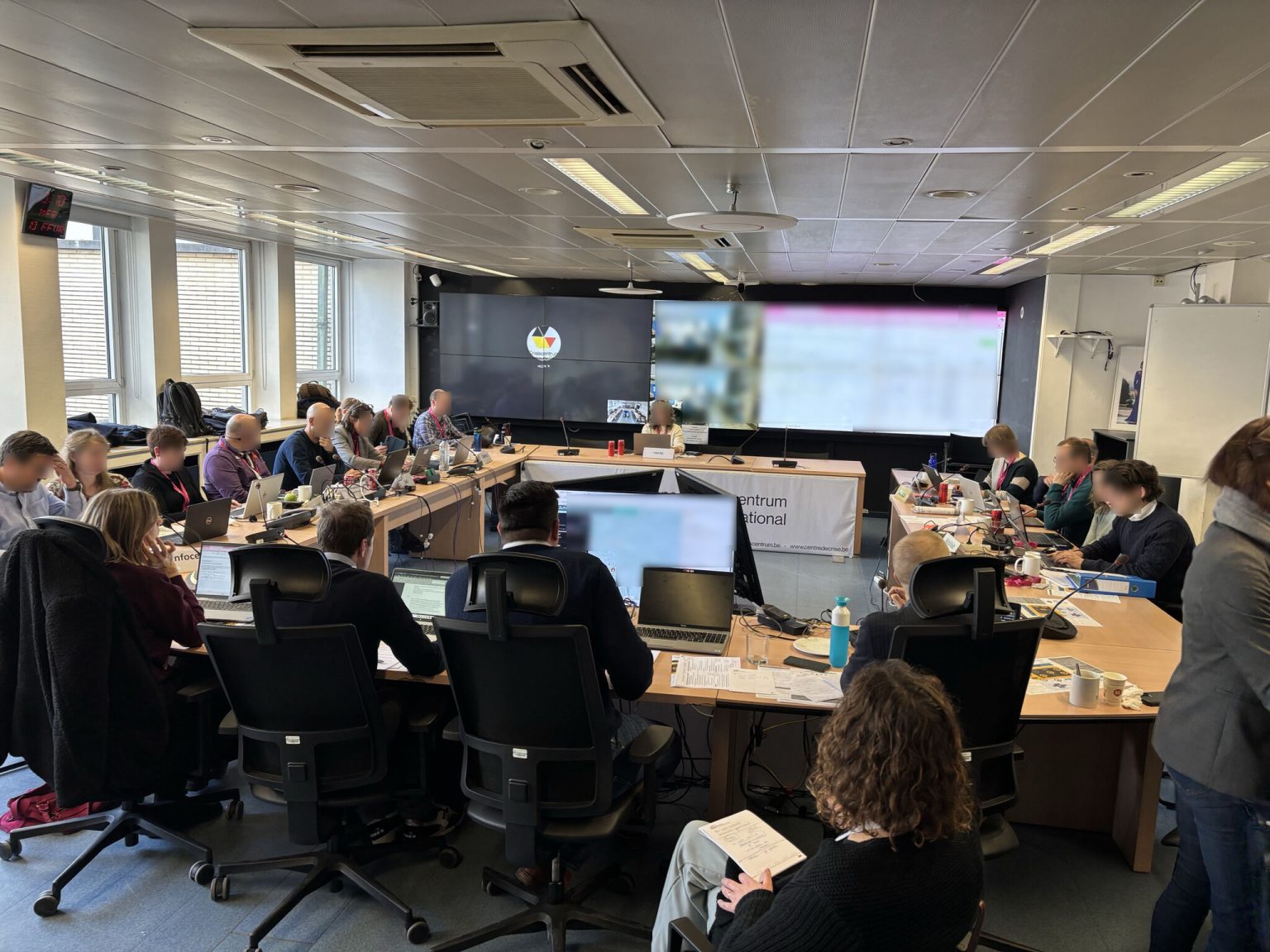Listen to the article
In a groundbreaking exercise last week, the International Atomic Energy Agency’s Incident and Emergency Centre (IEC) tested global nuclear crisis communication protocols with a focus on combating misinformation in the digital age.
The simulation, part of the Convention Exercise (ConvEx-2) series, created a controlled digital environment where participants navigated through cascading waves of false information amid a simulated radiological emergency. The exercise marks a significant shift in emergency preparedness, acknowledging the growing influence of social media during crisis events.
“In a nuclear or radiological emergency, the IAEA provides verified public information. For this exercise, the IEC tested its preparedness by activating its Incident and Emergency System,” said Torres-Vidal, a senior official involved in the exercise. “As part of this action, we worked closely with the IAEA Office of Public Information and Communication to post press statements and social media updates to the simulator.”
The sophisticated simulation introduced participants to fabricated social media narratives that mimicked real-world misinformation tactics. These included misleading radiation level reports, allegations of governmental cover-ups, and manipulated images falsely depicting emergency zones. Communication teams were evaluated on their ability to identify these falsehoods and respond with accurate information in real time.
Florian Baciu, IAEA Emergency Response Coordinator, emphasized the value of the exercise: “The insights gained from this ConvEx-2 reaffirm the importance of a proactive approach to emergency communication. Effective emergency response is not just about disseminating accurate information — it also requires anticipating and neutralizing misinformation before it takes hold.”
The exercise comes at a critical time when nuclear energy is experiencing renewed global interest as countries seek to reduce carbon emissions while meeting growing energy demands. Simultaneously, digital misinformation has become increasingly sophisticated, presenting unique challenges for organizations tasked with managing public safety communications during crises.
Nuclear emergency communication has evolved significantly since major incidents like Three Mile Island, Chernobyl, and Fukushima. In each of these historical cases, information management proved nearly as challenging as the technical response. Today’s digital landscape presents even greater complexity, with social media enabling the rapid spread of unverified information across borders within minutes.
The ConvEx exercises are structured in three ascending levels of complexity. ConvEx-1 exercises test basic emergency communication links with 24/7 contact points in member states. ConvEx-2 exercises, like the recent simulation, focus on specific components of the international emergency framework, including communication procedures, international assistance protocols, and assessment tools. The most comprehensive, ConvEx-3, are full-scale exercises that evaluate international emergency response arrangements over several days.
These exercises support the implementation of two critical international agreements: the Convention on Early Notification of a Nuclear Accident and the Convention on Assistance in the Case of a Nuclear Accident or Radiological Emergency. Both were developed following the 1986 Chernobyl disaster, establishing protocols for information sharing and mutual assistance during nuclear emergencies.
Industry experts note that effective crisis communication serves not only to provide accurate information but also to maintain public trust in nuclear safety systems. Studies have shown that during emergencies, information vacuums are quickly filled with speculation, potentially hampering evacuation efforts or causing unnecessary public anxiety.
“By refining response strategies based on this exercise, the IAEA and its partners continue to enhance global preparedness,” said Baciu. “The goal is clear: when the next nuclear emergency occurs, facts — not fear — must lead the response.”
The IAEA plans to incorporate lessons learned from this exercise into updated emergency communication protocols that will be shared with its 175 member states, further strengthening the international community’s ability to respond to nuclear and radiological emergencies in an increasingly complex information environment.
Verify This Yourself
Use these professional tools to fact-check and investigate claims independently
Reverse Image Search
Check if this image has been used elsewhere or in different contexts
Ask Our AI About This Claim
Get instant answers with web-powered AI analysis
Related Fact-Checks
See what other fact-checkers have said about similar claims
Want More Verification Tools?
Access our full suite of professional disinformation monitoring and investigation tools




8 Comments
The growing influence of social media during crises is a critical challenge that emergency planners must address. This ConvEx-2 exercise sounds like a smart way to put those digital response capabilities to the test.
Absolutely. Misinformation can spread like wildfire online, so having robust processes to identify and counter false narratives is crucial for maintaining public safety and trust.
As an investor in the nuclear and uranium sectors, I’m interested to see how this exercise might inform future emergency protocols and impact the industry. Transparent communication is key during any crisis.
This is a timely and necessary exercise, given the potential consequences of a nuclear or radiological emergency. I’m glad to see the IAEA prioritizing both technical response and public information management.
As someone who follows the nuclear industry, I’m curious to learn more about the specific lessons and takeaways from this ConvEx-2 exercise. Enhancing crisis communication is so important for maintaining public trust.
Definitely. I hope the IAEA will share detailed insights from the exercise to help other organizations strengthen their own emergency preparedness plans.
This exercise sounds like a valuable way to test emergency response protocols in the digital age. Combating misinformation is crucial during a crisis, so I’m glad to see the IAEA taking proactive steps to prepare for that challenge.
Agreed, the inclusion of social media and digital misinformation scenarios is a smart approach. Emergency responders need to be ready for the spread of false information that can complicate their efforts.